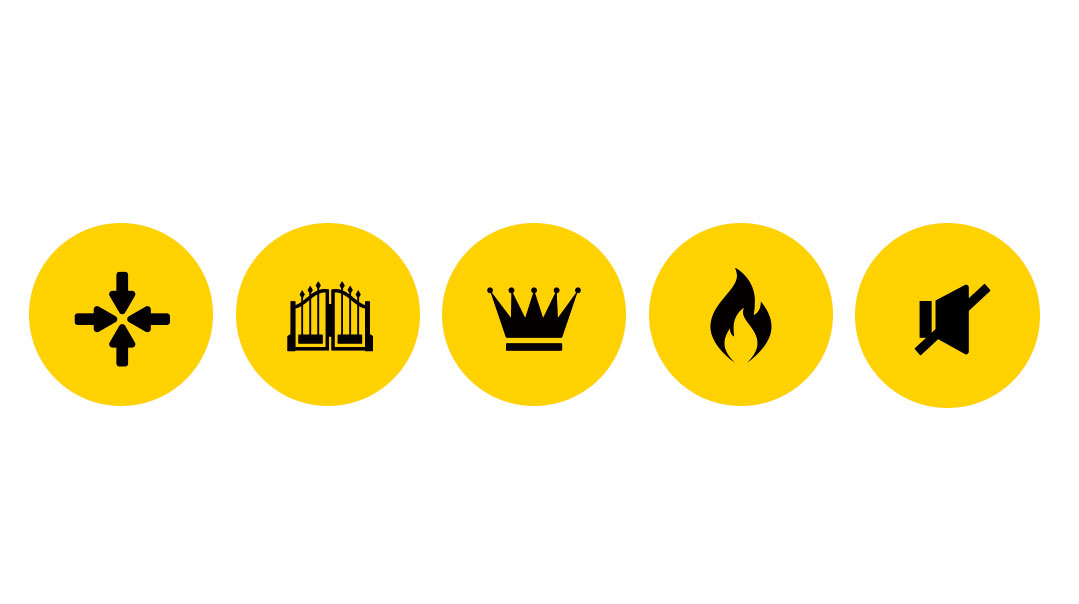Top 5 Inscriptions for an Aron Kodesh
| November 15, 2017
D
uring davening, your eyes might instinctively wander toward the aron kodesh, but what do you see there? It might be a pasuk, or a passage from davening — some word or phrase to keep mispallelim inspired. Here are some of my favorite inscriptions:
“V’atem teluktu l’achad echad, Bnei Yisrael —
And you will be gathered one by one, O Children of Israel.” (Yeshayahu 27:12)
In the Chabad House in Albany, this pasuk is an apt reminder of the Rebbe’s ultimate mission: gathering every Jew. Whether it’s in an airport or on a city street, Chabad gathers each and every Jew. One by one.
“Psach lahem noam v’ratzon liftoach shaarei retzonecha —
Grant them sweetness and desire to open the gates of Your desire.” (“Kah Echsof”)
Fittingly, on top of the aron kodesh in the Karliner shul in Kiryat Sefer are the poetic words of Rav Aharon of Karlin (1736–1772), the founder of the Karliner chassidic dynasty. The words are found in his famous zemer “Kah Echsof,” for which he wrote the words and composed the tune.
“L’romeim es beis Elokeinu —
To exalt the House of Hashem.” (Ezra 9:10)
Perhaps the most iconic aron kodesh in the world is found inside the Ponevezh Yeshivah. The golden aron, though several hundred years old, was restored several decades ago. On top of this regal structure is the pasuk from Ezra that talks about the opportunity to finally raise (l’roreim) the house of G-d, after 70 years of galus. It’s hard to imagine another pasuk that could so appropriately convey the aura of romeimus shining forth from this majestic edifice.
“Eish tamid tukad al hamizbeiach, lo sichbeh —
A continuous fire should be kindled on the Altar; it should not be extinguished.”
Congregation Aish Kodesh, in Woodmere, New York, was established by Rav Moshe Weinberger to bring the world of chassidus to the Five Towns. Named after the writings of Rav Kalonymous Kalman Shapira ztz”l, this shul has brought the timeless spirit of chassidic life to a new audience. Indeed, within the confines of the shul, the fire of chassidus continues to burn.
“V’Hashem b’heichal kodsho, has mipanav kol ha’aretz —
But Hashem is in His holy Sanctuary; let all the world be silent before Him.”
This pasuk, while more obscure, evokes two messages — it’s about the awe felt inside of a shul, and if you read it carefully, it’s also a subtle way of reminding everyone not to talk during davening. Placing “Asur l’daber b’shaas hatefillah” on top of an aron may be too jarring for most mispallelim. This is the next best option.
(Originally featured in Mishpacha Issue 685)
Oops! We could not locate your form.







